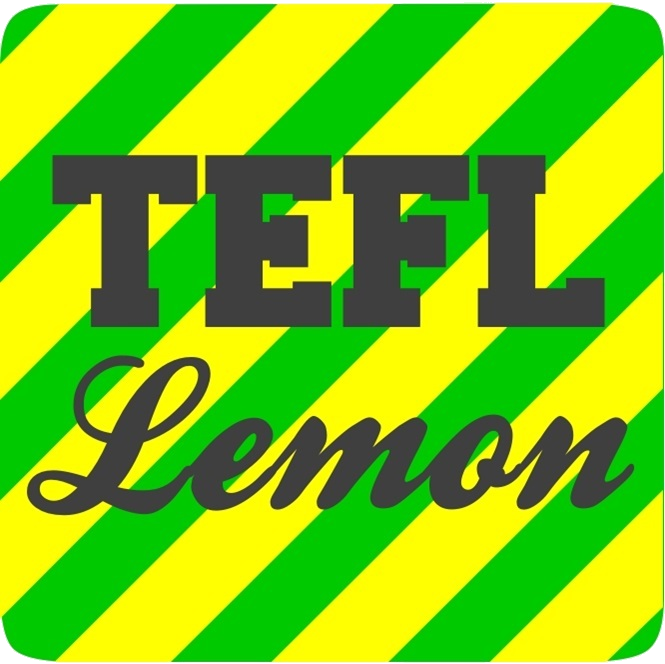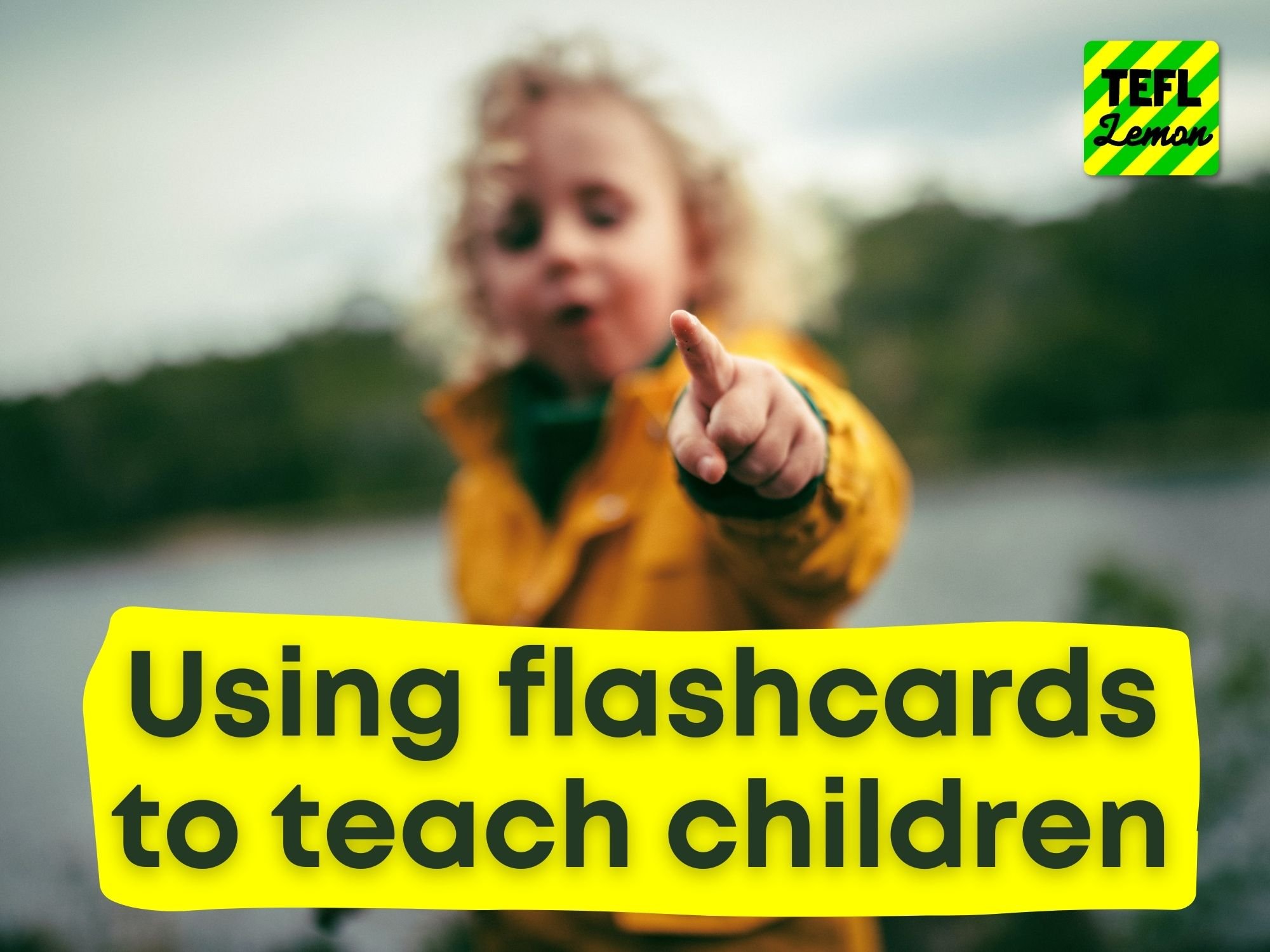Irina Sumarokova looks at the best ways of using flashcards to teach children
Using flashcards to teach children
In the modern teaching world there exists a vast array of teaching tools. One of the most prevalent of these tools used, especially when teaching children, is flashcards. Flashcards are cards with sets of information located on one or both sides. Flashcards can portray information such as words, pictures, formulas, diagrams, procedures, or any objects. Flashcards are a fantastic resource and can be used for teaching vocabulary, grammar, phonetics, speaking, writing, or listening.
There are endless ways to use these teaching tools in the classroom to practice, learn, or revise vocabulary. Difficult or new vocabulary can be displayed around the classroom to help learners remember the words, while decorating the classroom in an attractive and personal manner. Flashcards can contain different levels of complexity, in this regard, they can be used for children with different language levels.
The development of flashcards for teaching
Flashcards were first used in the XIX century by the English pedagogic theorist Favell Lee Mortimer. Mortimer employed paper flashcards to assist with literacy training. Nowadays, there are various options when using flash cards. Many of them are based on the interval repetition of the material. For example, when teaching reading, you can use flashcards with letters, combinations of letters, and individual words printed on them. When teaching writing, you can conduct visual dictations. One of the methods of teaching speaking is creating sentences using flashcards with the given pictures or words as building blocks.
During which stages of teaching can flashcards be used?
Flashcards can be used at various stages of the lesson:
1. When introducing and explaining new material, or training in recognition or memorization.
2. When students are independently studying new material or revising previous material.
3. When testing students’ knowledge of the material
4. When consolidating and summarizing the information received in learning
Can flashcards be used with all ages?
The use of flashcards in teaching vocabulary is possible at any age, but the most effective and age-appropriate is the initial learning stage. At this age, it is very important for children to play games and participate in different classroom activities. Considering the fact that eighty percent of the information we receive is communicated visually, therefore flashcards in this sense have great potential. Children respond to the language much better through visual aids rather than abstract ideas. Using flashcard games in class, a teacher can quickly and easily explain new material, and work out complex and incomprehensible situations. Due to the use of flashcards, the teacher has an additional opportunity to interact with students, motivate them, and involve them in the educational process. Motivating students is an integral part of the 180-Hour Higher Certificate in TESOL online teacher training course.
Flashcards are versatile
Moreover, it is necessary to mention some of the advantages of using flash cards. First, flashcards are inexpensive tool for teaching. There is no need to buy illustrated pictures, the internet has a wealth of images, applications, and resources for creating flashcards. Another advantage of flashcards is their portability. Instead of carrying heavy books, it is much easier to bring as many flash cards to the class as you need. Furthermore, flashcards are versatile. They can be applied to any subject and used for memorizing English vocabulary, historical dates and events, math formulas, different terms and topics. In addition, flashcards are reusable and they help to save time for class preparing.
Using flashcards makes teaching easier
By making a collection of flashcards for different topics, teachers can use them for many years, and for many levels. Flashcards make the learning process much easier, as they include only important information, such as the image and the word, and allow children to make associations. The flashcard shows both the images and the words, so children can create links in their brains which help them identify that object every time they see it. Finally, flashcards offer different teaching methods. Lessons that use flashcards can provide more information, more opportunities to present this information in a colorful, entertaining and interesting way for learners. TEFL Lemon has some wonderful flashcard sets for teachers and have also written an acclaimed book of flashcard games for teaching children called 129 Different TEFL Lemon Flashcard Games.
Including flashcards in your pedagogy
Furthermore, I have extensive personal experience with the usage of flashcards. I work with young learners and I have always been actively using flash cards in my classes as part of my pedagogy. In my opinion, the most effective usage of flashcards is for the teaching of English vocabulary. For example, when practicing affirmative sentences, my students were asked to go to the front and pull out the card on the topic ‘food’. The goal was to say the sentence “I like/ don’t like bananas”. If the sentence was correct, the students would repeat it in chorus after the first student. This interactive technique helps to include all students in the work and work out a large number of lexical units in speech.
Flashcards for introducing lexis and building listening skills
When introducing vocabulary on the topic ‘clothes’ after each card was correctly named repeatedly, the students were asked to make sentences with each flashcard, such as “I am wearing a dress (skirt, hat, shirt)”. To practice the listening skill, the students were given flashcard, their task was to answer teacher’s question “Who is wearing a skirt?”, the student holding this card must answer : “I am wearing a skirt”. According to my experience, I am absolutely convinced that using flashcards is an effective and necessary way of teaching the English language especially for young learners. Flashcards work effectively only when they are used repeatedly and in a variety of ways.
Flashcards should be an integral part of teaching children
In conclusion, flashcards should be an integral part of teaching children. They are normally two-sided cards with the image on one side and the description on the other side which can be used to practice, learn, or revise vocabulary. Flashcards help to develop positive motivation for learning while simultaneously stimulating active mental activity in the students. Thus, they must meet certain requirements: the images must be recognizable, made on high-quality material, the cards must be bright and memorable, and of a certain size. Lastly, using flashcards encourages teachers to produce constant creativity and improvement. Aim to use flashcards to teach children in your EFL classes.
by Irina Sumarokova

